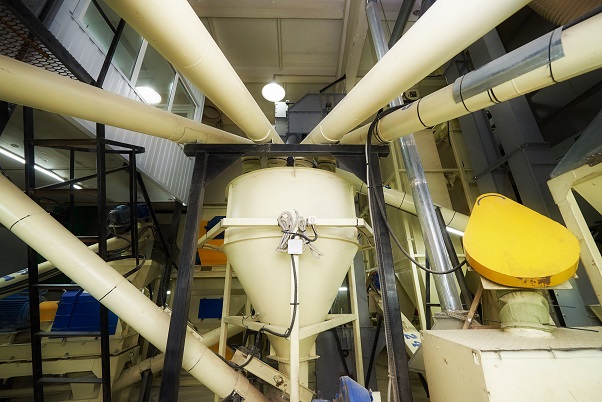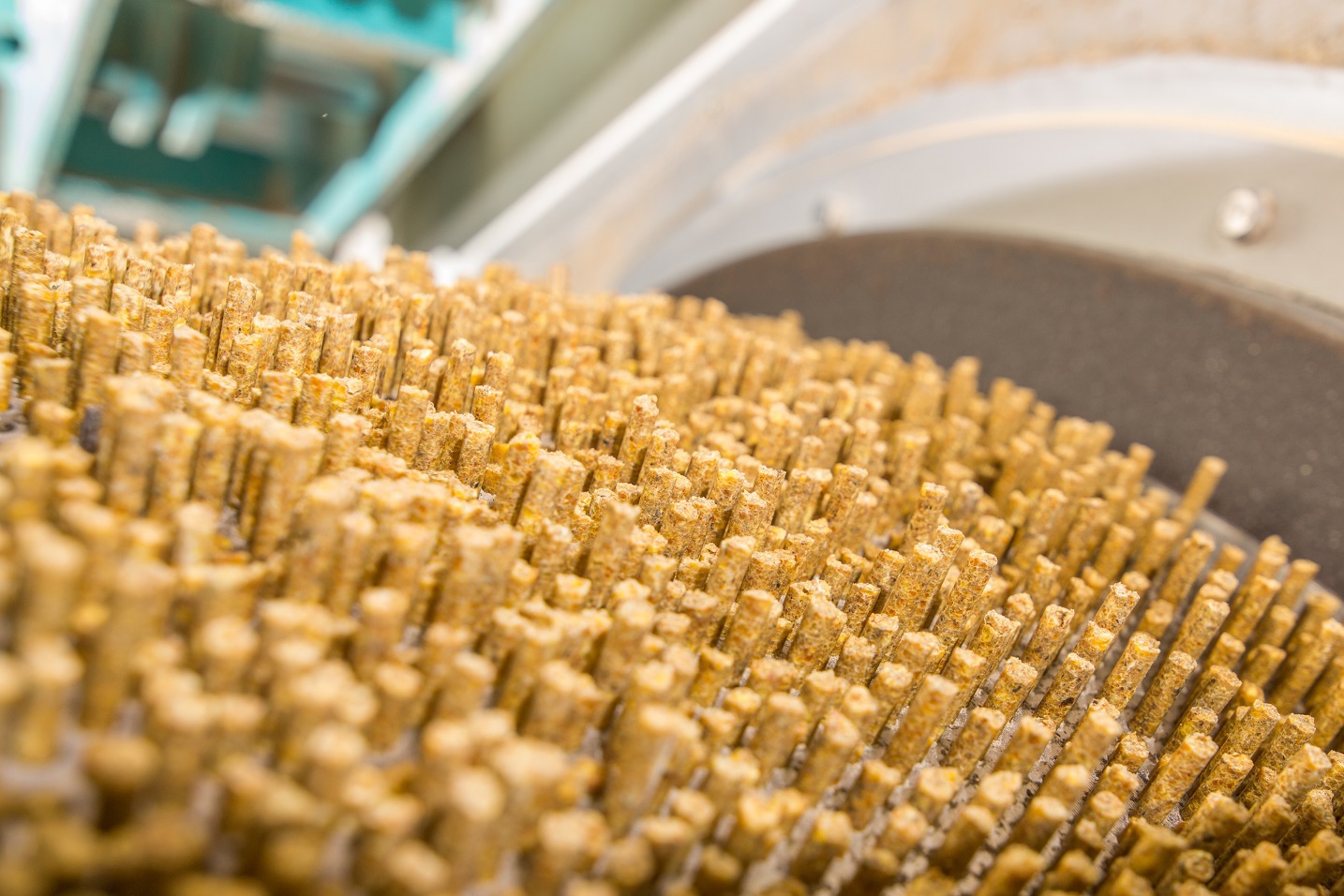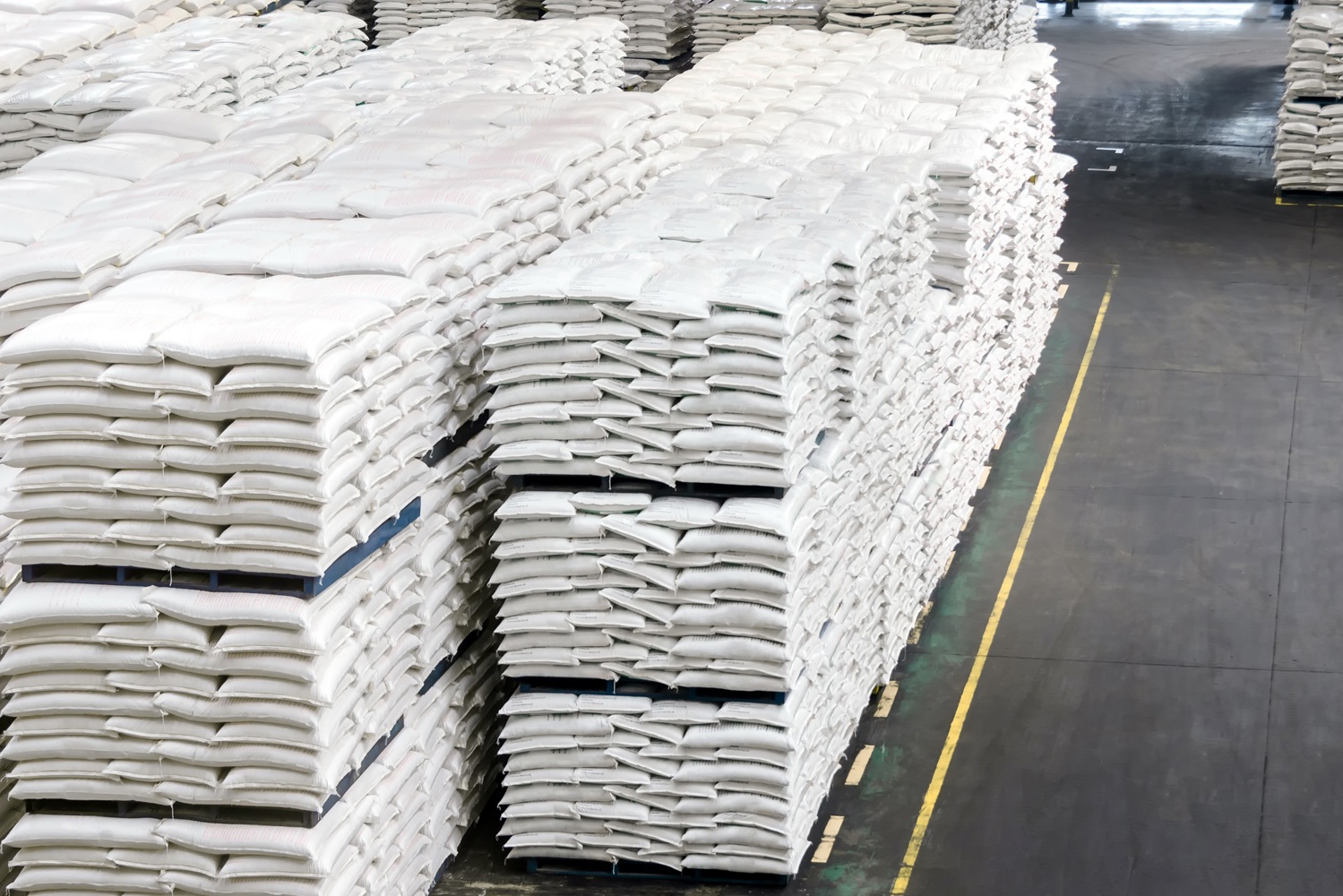Fysal®
- Product
The overall goal of feed production is to achieve better nutrient utilisation and animal performance by optimising the use of raw materials and milling resources. Producing safe, nutritious, high-quality feed is top of mind for every feed processor.
Raw materials need to be safe to prevent transmission of harmful microbes from feed to the animal. And as more countries reduce antibiotic use in livestock production, there is a rising market demand for effective antimicrobial measures to prevent feed from being a source of contamination. This requires continuous monitoring and adaptive approaches – and demands both flexibility and innovation from feed producers. The challenge is how to balance feed quality with production costs and the increasing scarcity of raw materials.

Most feed processing facilities use heat treatment during conditioning. Conditioning helps to reduce harmful pathogens, such as Salmonella and E.coli, and causes starch to become flexible and gel-like. This is known as starch gelatinisation.
Water’s surface tension affects the thermal (heat) conductivity of feed particles during pre-conditioning. When its surface tension is high, it is not well absorbed into the feed. However, when its surface tension is decreased, its absorption, or 'wettability', into the feedstuffs can significantly improve, highly impacting the feed manufacturing process.
This has to do with the fact that heat has a high conductiblibly through water. As a result, when water penetrates more deeply into the feed particles, this also improves the heat transfer, making it easier to transport heat from steam deep inside the feed particles. This can help starch gelatinisation and reduce microbial growth. Selko's Fylax products have a proven heat-resistance and will remain stable at pelleting and extrusion temperatures, allowing them to remain active and prevent (re-)contamination with microbes after production.


Climate change and raw material availability and quality are constant challenges faced by feed producers when manufacturing highly nutritional feed quality and avoiding microbial decay by moulds during and after feed processing. Using mould inhibitors helps prevent (re-)contamination in the process.
To reduce mould contamination within feed processing, Selko developed its Fylax product line. Fylax contains validated blends of buffered and non-buffered organic acids, as well as moisture management agents that reduce feed mill energy consumption by optimising the mash softer as it is pressed through the ring die rollers. To prevent or combat bacterial contamination (for example, Salmonella), the Fysal product line can be applied.
Pellet feed lines have the perfect conditions for mould or bacteria proliferation, due to high moisture and temperature levels. Feed residues can accumulate in the hammer mill, mixer, conditioner, pellet press, cooler and bagging stations and can contain high levels of moulds, enterobacteria and mycotoxins. This challenge requires proactive solutions to maintain feed mill hygiene and efficiency.
Applying Fylax or Fysal on crushed corn and flushing the feed lines for a specific amount of time can significantly reduce mould and enterobacteria contamination, leading to improved feed mill hygiene and feed quality. And applying liquid Fylax products during mixing helps to prolong final feed shelf life, by enabling acids to penetrate more deeply within feed particles, so that they remain active in the feed for a significant time after production.